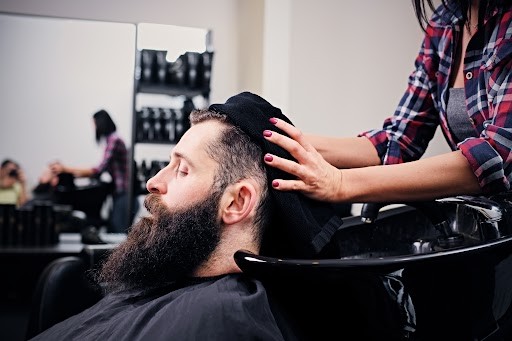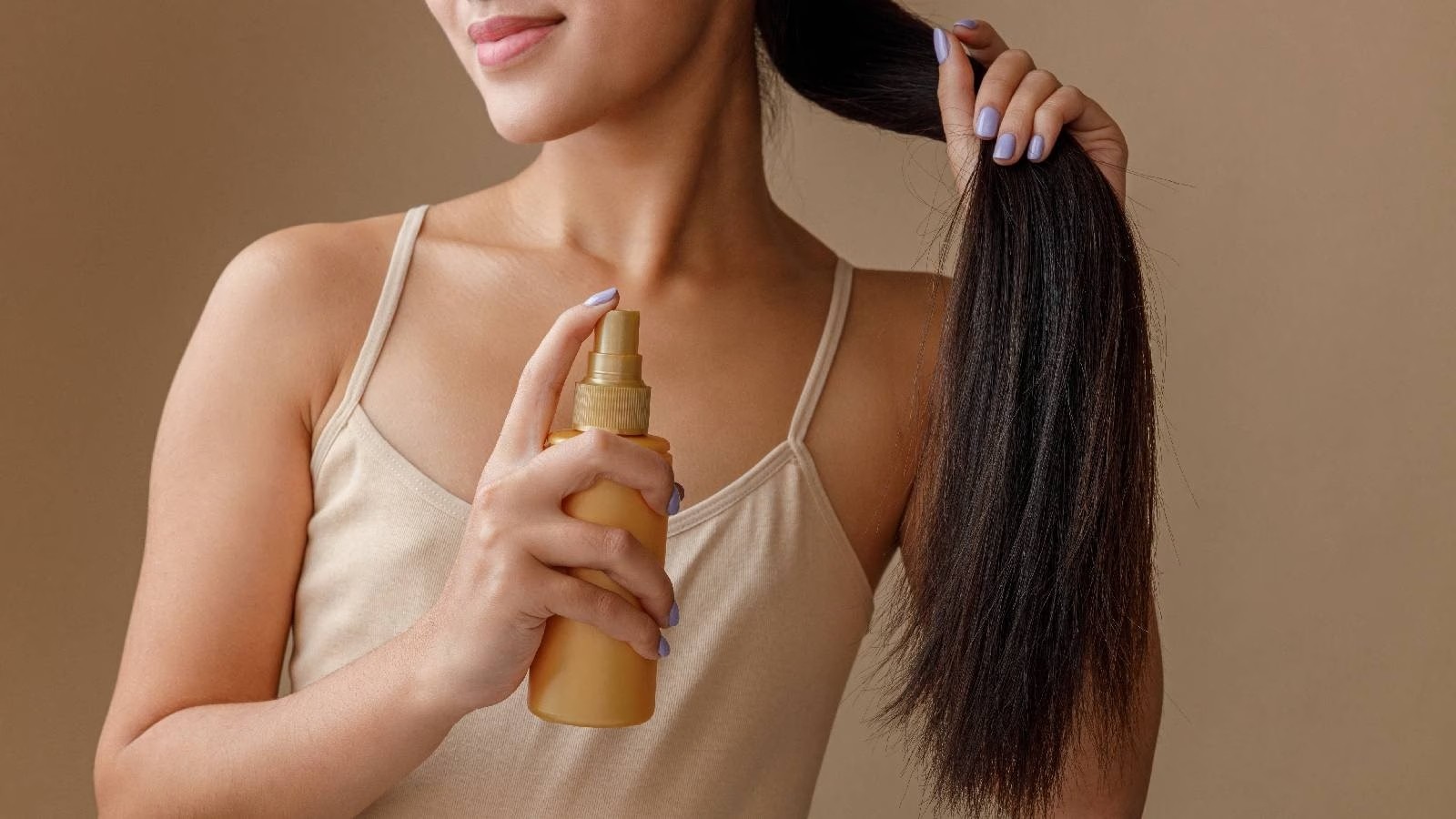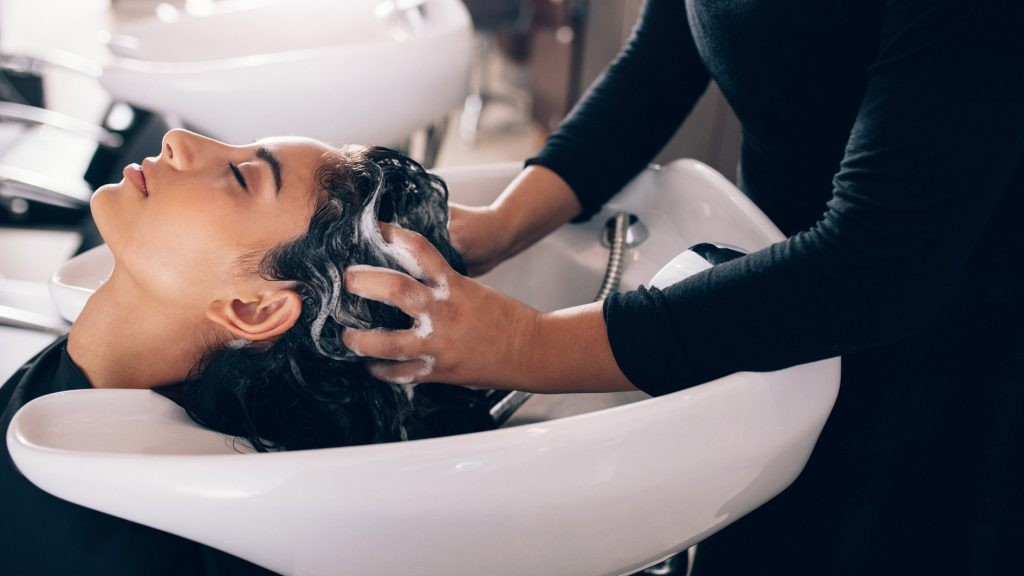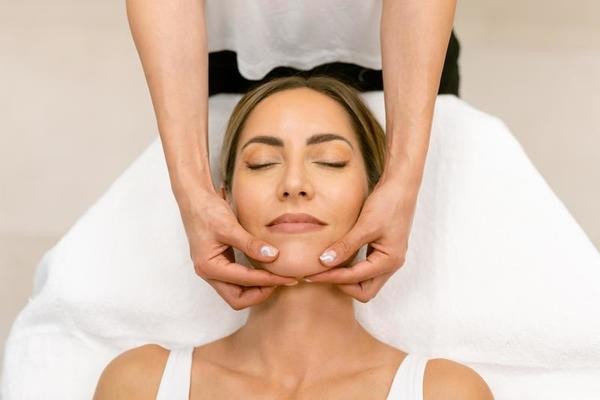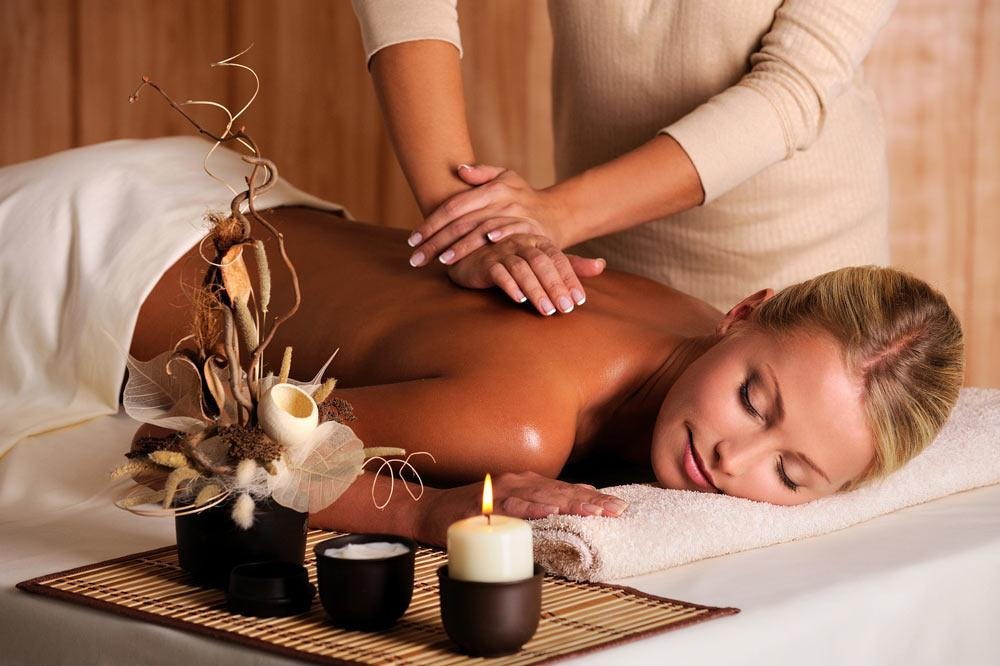Hydrotherapy is a therapeutic approach that utilizes water to promote physical and mental well-being. In a spa setting, hydrotherapy typically involves various water-based treatments aimed at relaxation, rejuvenation, and healing. Overall, hydrotherapy at spas offers a range of benefits, including stress relief, muscle relaxation, improved circulation, detoxification, and skin rejuvenation. Whether enjoying a soak in a hot tub or indulging in a steam room session, hydrotherapy can be a luxurious and therapeutic addition to any spa experience.
Hot Tubs and Jacuzzis
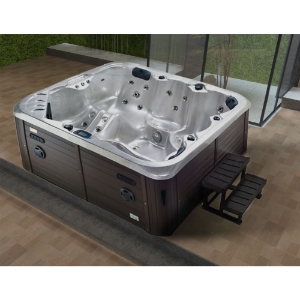
Hot tubs and Jacuzzis are perhaps the most well-known forms of hydrotherapy. The warm water helps to relax muscles, improve circulation, and alleviate tension. Many spas offer hot tubs with jets that provide hydro massage, targeting specific areas of the body for deeper relaxation. Hot tubs and Jacuzzis are popular features in spas due to their numerous health benefits. These heated water vessels provide relaxation, stress relief, and muscle relaxation through hydrotherapy.
Whirlpool Baths

Whirlpool baths combine warm water with air jets to create a swirling motion that massages the body. This gentle massage helps to soothe sore muscles, reduce stress, and promote relaxation. Whirlpool baths in spas offer numerous benefits for relaxation and rejuvenation. The swirling water massages muscles, relieving tension and promoting circulation, which can reduce stress and alleviate soreness.
Steam Rooms

Steam rooms are heated chambers filled with moist air. The high humidity and warmth help to open up the pores, cleanse the skin, and detoxify the body through sweating. Steam rooms are also beneficial for respiratory health, as the moist air can help to alleviate congestion and promote easier breathing. Steam rooms offer numerous benefits for spa-goers. The steam's heat helps relax muscles, alleviate tension, and soothe joints, promoting overall relaxation and stress relief.
Cold Plunge Pools
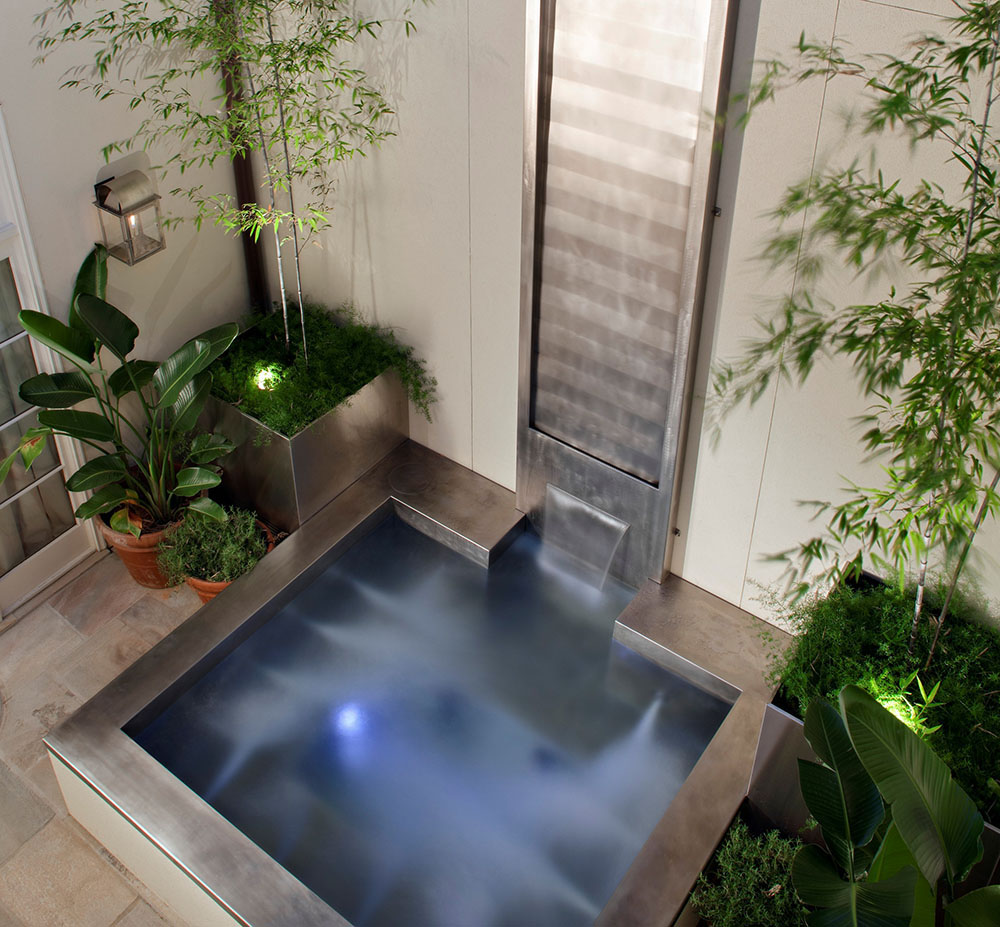
Cold plunge pools are small pools filled with cold water. Alternating between hot and cold hydrotherapy treatments, known as contrast therapy, can help to improve circulation, reduce inflammation, and invigorate the body. Cold plunge pools are often used in conjunction with hot tubs or saunas to enhance the overall hydrotherapy experience. Cold plunge pools offer numerous benefits at spas, aiding in muscle recovery, reducing inflammation, and invigorating the body and mind. Guests typically immerse themselves in cold water after using hot facilities like saunas or steam rooms, promoting contrast therapy.
Hydrotherapy Showers
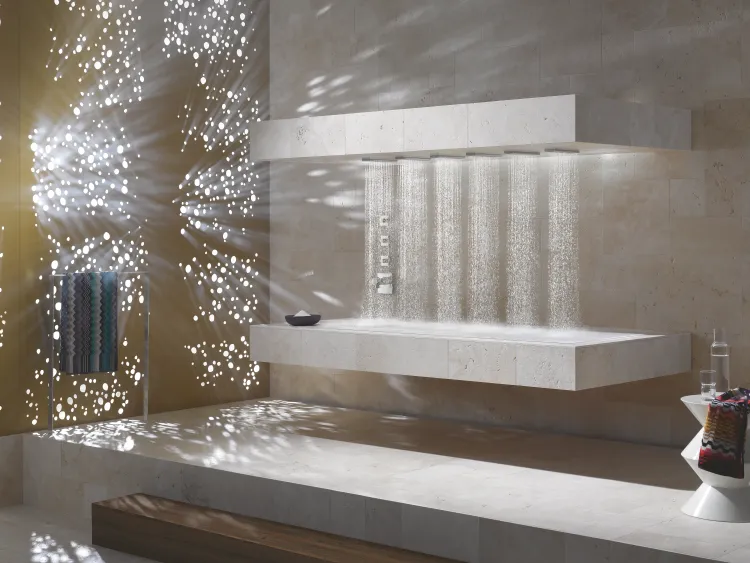
Hydrotherapy showers feature multiple showerheads that deliver a combination of water pressures, temperatures, and massage techniques. These showers can offer various settings, such as rainfall, pulsating jets, or cascading streams, to provide a customized hydrotherapy experience that promotes relaxation and rejuvenation. Hydrotherapy showers in spas offer a range of therapeutic benefits. They typically feature multiple shower heads and water pressures, along with variations in temperature. These showers can provide relaxation through warm cascading water, soothing tense muscles and reducing stress.
Water-Based Body Treatments

Some spas offer hydrotherapy treatments that involve water-based body treatments, such as hydrotherapy wraps or hydrotherapy massage. These treatments combine the benefits of water with therapeutic techniques to address specific concerns, such as muscle tension, cellulite reduction, or detoxification. Water-based body treatments offer a rejuvenating and hydrating experience for spa-goers. Hydrotherapy involves immersion in water to promote relaxation and relieve muscle tension, often through whirlpool baths or hydrotherapy tubs.
Aquatic massage techniques like Watsu or water shiatsu provide gentle, soothing therapy in warm water pools. Additionally, aquatic exercises such as water aerobics or hydrotherapy exercises enhance circulation and promote overall well-being.







